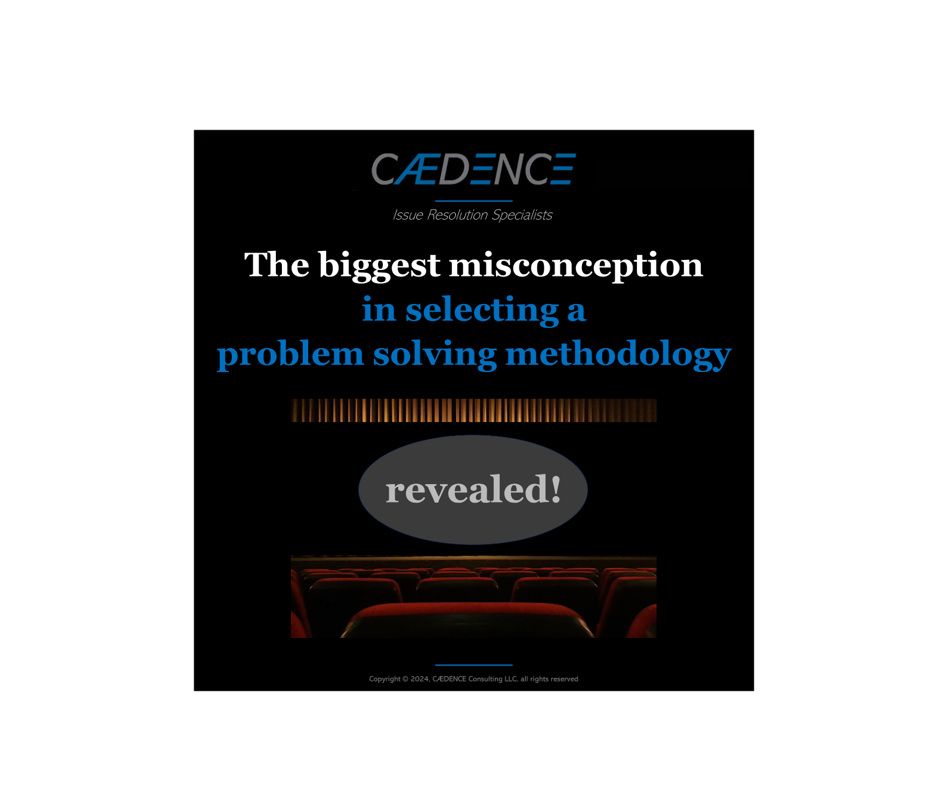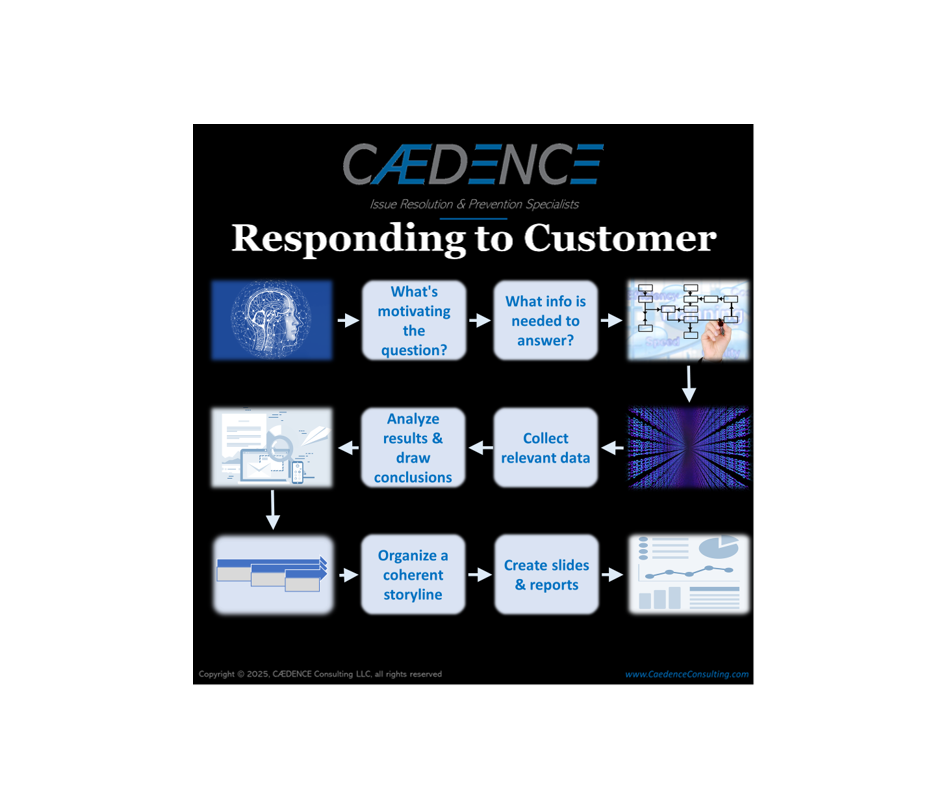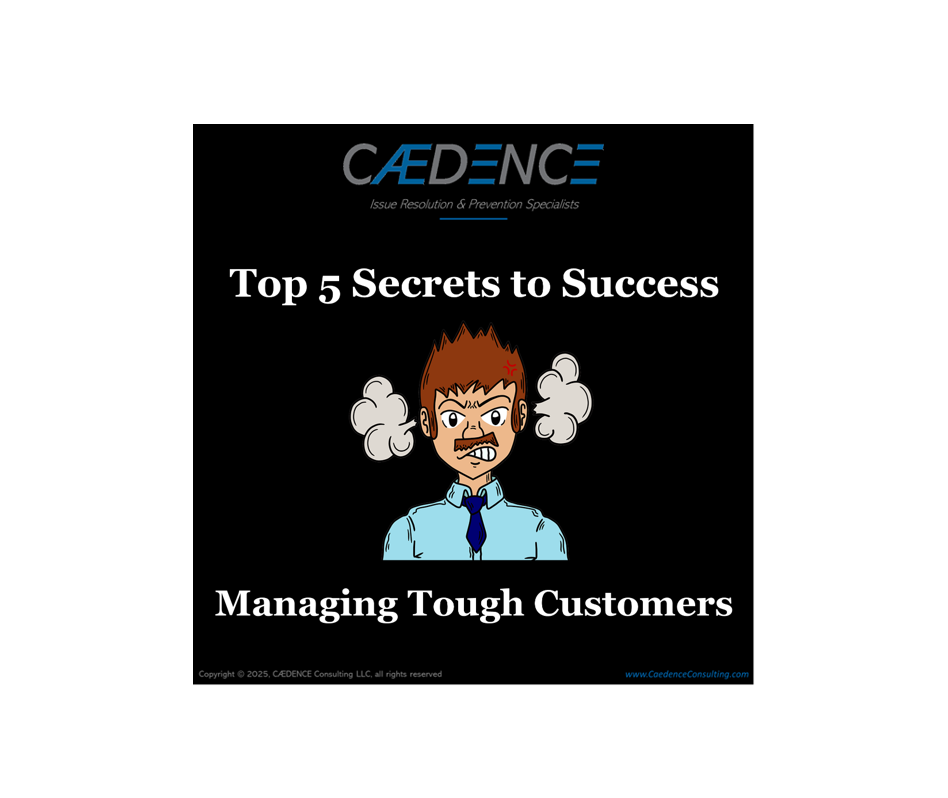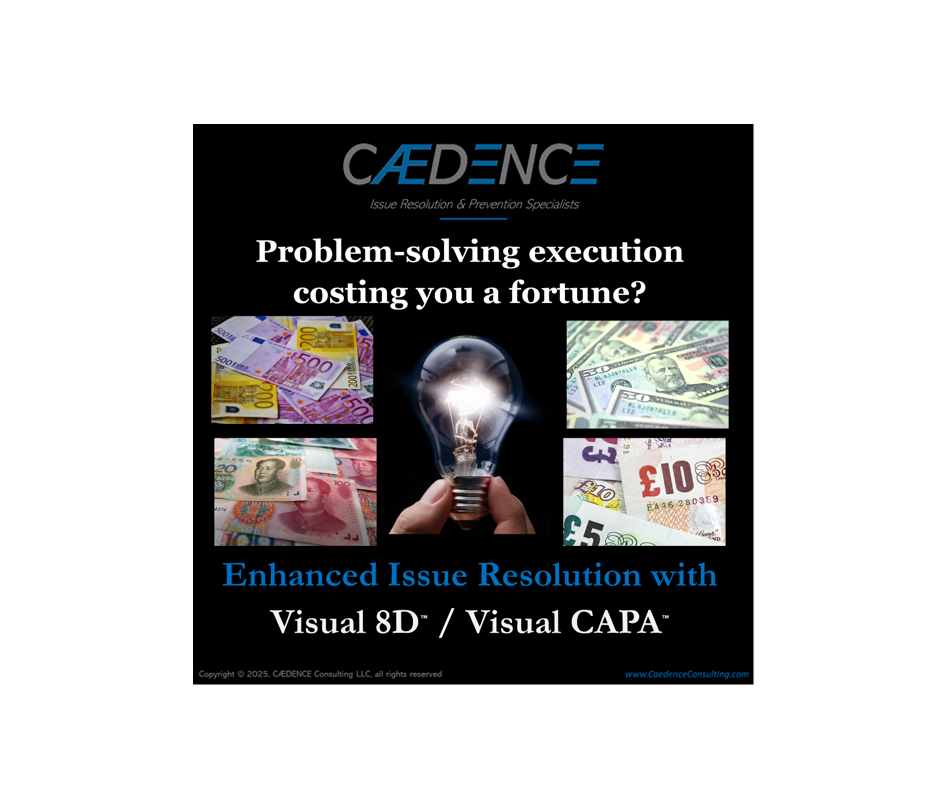Culture or Confusion?

'The organization needs employees to help model the desired culture and teach new people what it means to be part of a high-performing organization.' - @Randy Pennington
How to tell if you have a high performing organization and thriving company culture:
Look back on the last 6 months and reflect. Have you have seen examples of these situations?
- Employees confused on basic practices
- Management re-explaining the company mission in an effort to motivate employees
- Lack of systems to guide critical processes
- Little or no internal (self-driven) mentoring and coaching
We have the expertise, tools, and experience to drive the needed steps in culture development so your company can focus on customers and sales, and not get lost in internal confusion.
CÆDENCE leads organizations and individuals to achieve their full potential through executive coaching, management mentoring, direct project interventions, and high-payback, high-impact, transformative talent development.
CÆDENCE has decoded years of business experience to reveal the intuition and practices of top performers to radically accelerate individuals and teams toward excellence.
Start a conversation today at info@caedenceconsulting.com

Over the years we’ve been exposed to Six Sigma, Juran, Deming PDCA, 8D, Dale Carnegie, A3, Shainin, and more. Each technique works pretty well, and has been demonstrated many times in a wide variety of industries and circumstances. At the core they are all essentially the same!
Each approach relies on an underlying logical flow that goes like this: [a] make sure the problem is clearly defined; [b] be open to all sources of information; [c] vet the information for relevance and accuracy; [d] use the process of elimination to narrow down all possible causes to the most likely few; [e] prove which of the suspects is really the cause of the issue; [f] generate a number of potential solutions; [g] evaluate the effectiveness, feasibility and risk of the potential solutions; [h] implement the winning solution(s); and [i] take steps to make sure your solution(s) don’t unravel in the future.
The differences between the paradigms resides in supplementary steps and toolkits. For example, 8D contains the important “In

Your primary role as a manager is to ensure your team’s success. Internalize this. Make sure your team members know this. Build an environment of trust and collaboration. A direct report of mine would frequently leave me out of the loop as problems escalated, preferring instead to “work harder”. It was clear that he felt uncomfortable delivering bad news to me (his boss) when things were not going according to plan. Let me tell you the rest of the story.








